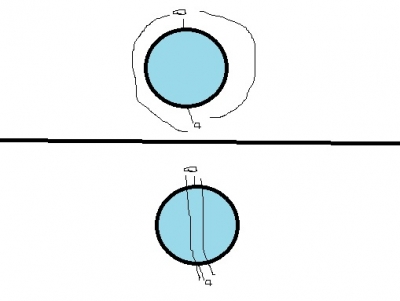
This looked like being a major problem in the early days of radio communication. Knowing that radio waves travel in straight lines, many scientists thought they would just go straight out into space and be lost. Fortunately an English scientist called Oliver Heaviside and an American colleague, Arthur Kenelly, had other ideas. They predicted that high up in the earth’s atmosphere there is a layer that would reflect radio waves and send them bouncing back down to earth again. They were proved to be absolutely right, and the atmospheric layer that reflects radio waves was named the Kenelly-Heaviside layer in their honour.
Thanks to this it is possible to send radio signals from, say, New York to London, by beaming them up into the atmosphere and letting them bounce down to their destination.
Planets which have no atmosphere, like the moon, present a different problem. No atmosphere, no Kenelly-Heaviside layer and no bouncing radio waves that is what it amounts to. In these conditions radio signals would just shoot out into space. So if radio stations were ever set up on planets like this, the only way to send messages from one side to the other would be by bouncing them off an artificial satellite in space. Or, in the case of the moon, by bouncing the radio waves off the earth.
Picture Credit : Google




